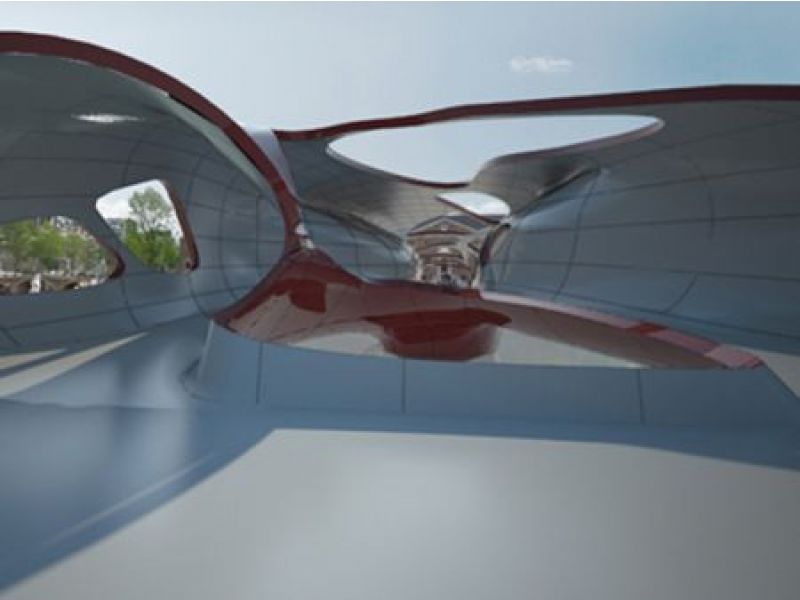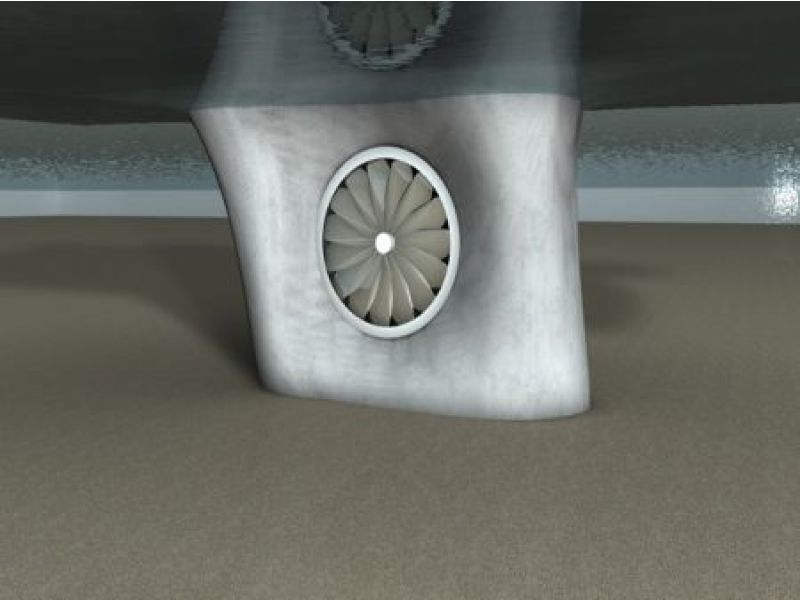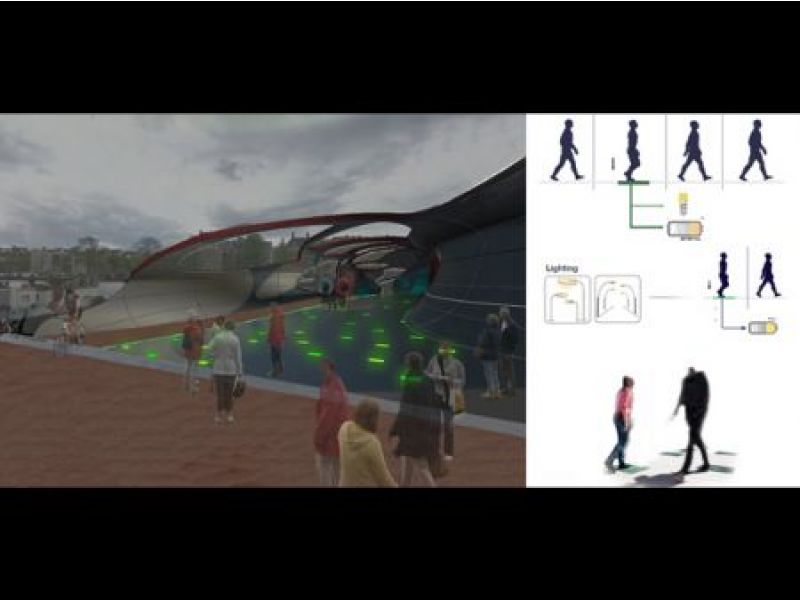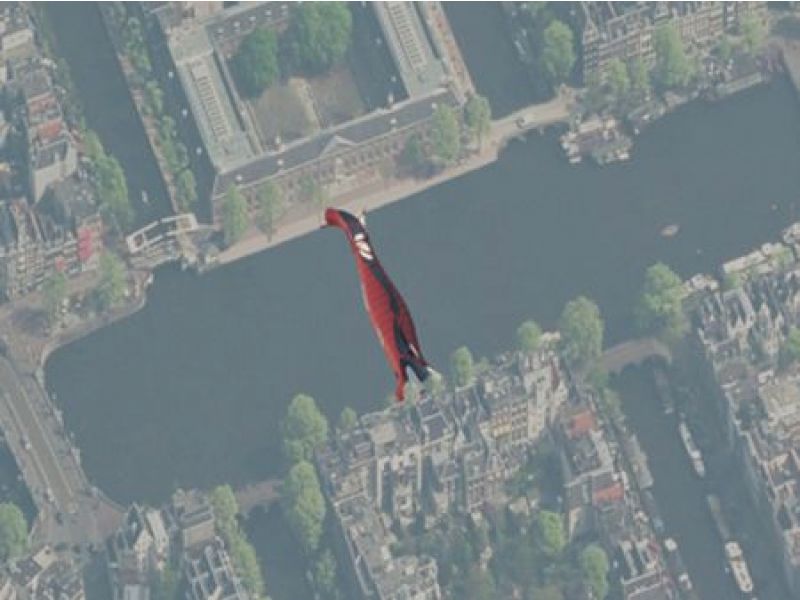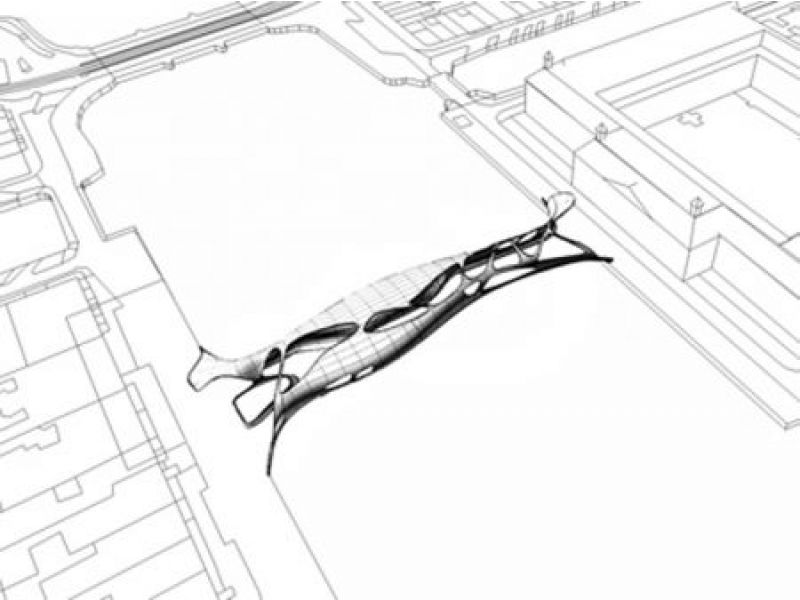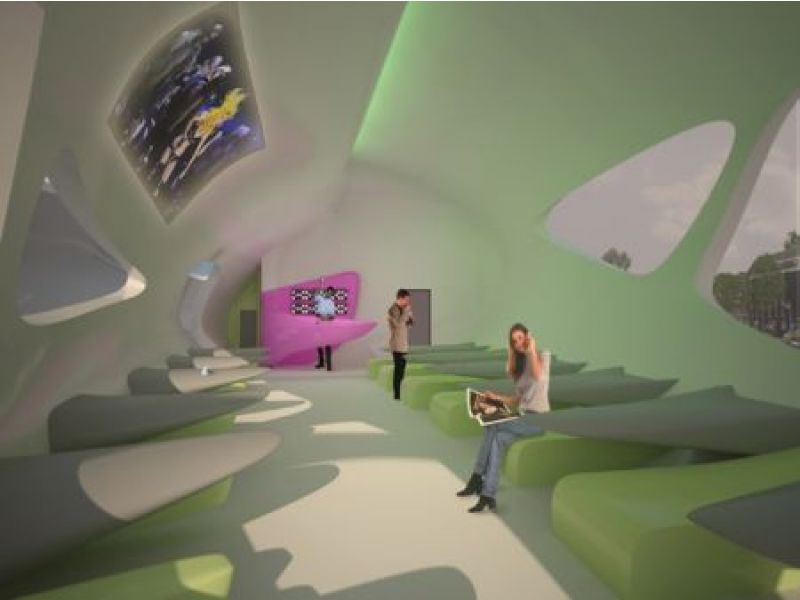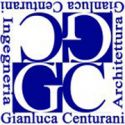
Sustainability
Self sustained energy production.The sustainability has played a fundamental role in the choice of the material: in fact composite materials guarantee a saving in the embodied energy and CO2 emissions if compared to other materials, such as steel and aluminum, in a number of applications.The use of alternative energies has been treated with great care. Some piezoelectric devices are mounted on the bridge floor and they can generate light if trampled. Also an hydroelectric system is installed in the pylon, using a submerged turbine which works thanks to the river flow.
Study of architecture, engineering and artistic furniture design.
